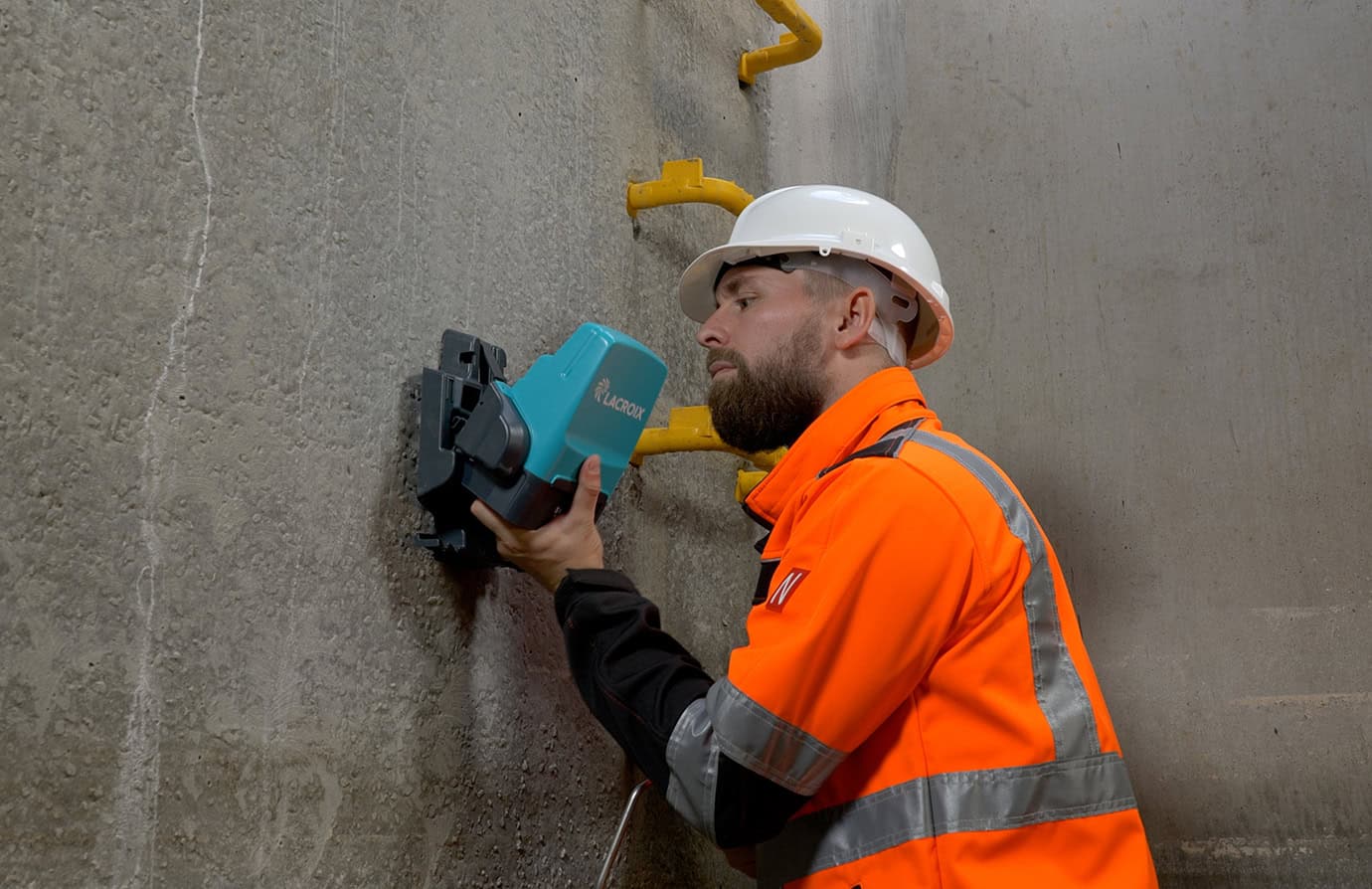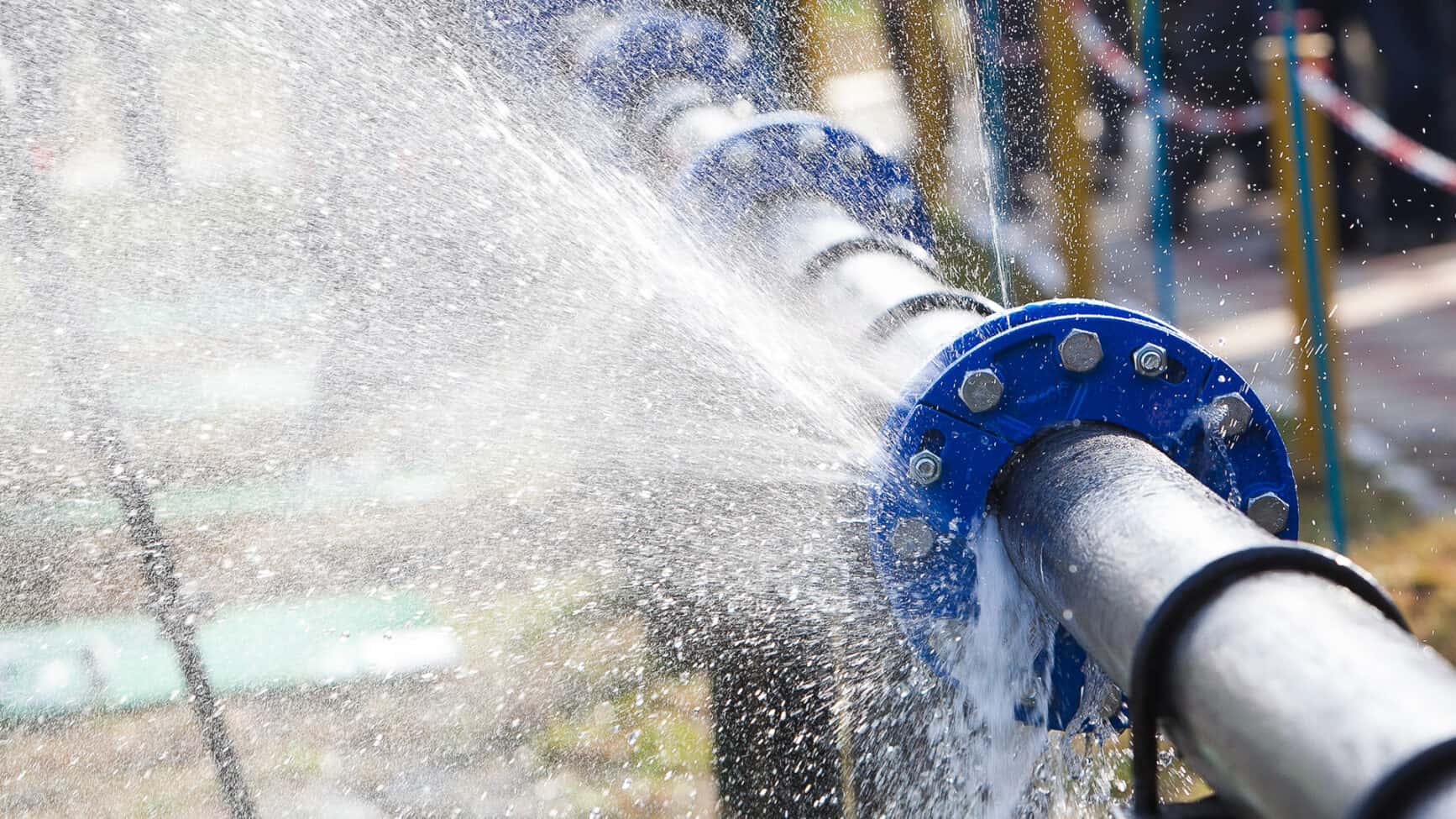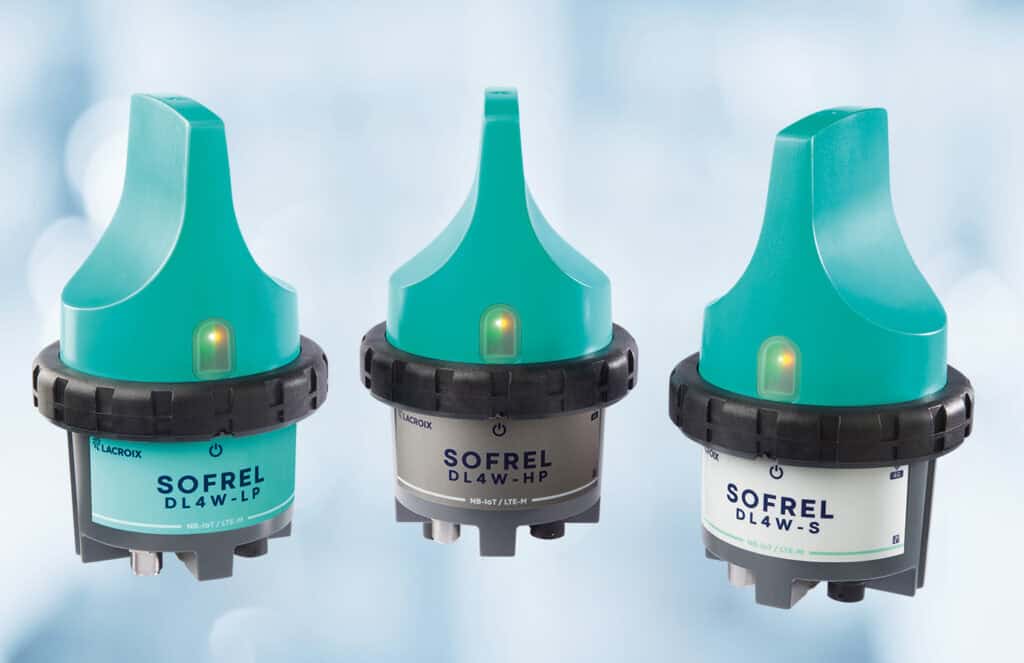Despite all the attention paid by operators to their water distribution networks, the reality remains the same: due to the age of the pipes, ground movements causing ruptures, faulty meters, or excessively high pressure, it is impossible to achieve a 100% leak-free network. With a current pipeline renewal rate of less than 1%, it would take over 100 years to completely replace a network. Water leaks are therefore inevitable. The challenge for operators and local authorities is to rely on a leak detection strategy and intelligent remote management equipment for reducing lost water and minimizing non-revenue water (NRW) volumes.
Reducing non-revenue water volumes: a constant concern

Producing drinking water and delivering it to consumers’ taps involves increasing costs for pumping, chemical treatment, and reservoir maintenance. When part of this water is lost within the distribution network, more must be produced to meet consumer demand. Beyond the financial loss for operators, the environmental impact is significant: greater withdrawals from raw water sources, higher energy and chemical consumption, and increased CO₂ emissions. Tackling leaks and reducing non-revenue water is therefore a priority for all local authorities around the world. While in France and other Western countries, the target efficiency rate is 85% (meaning 15% of water is non-revenue), in some countries, over 50% is lost — a situation that is unsustainable in the long term for both operators and consumers. According to a World Bank study, global water losses amount to 32 billion cubic meters annually, with developing countries accounting for more than half of these losses.
Non-revenue water represents the difference between the volume of water produced entering the distribution system and the volume actually billed to customers. Physical leaks are not the only contributors to NRW. Added to leaks are operational uses, fire-fighting needs, overflows from reservoirs, unmetered water, and unauthorized connections. It is mainly in leak detection and location that technology can provide effective solutions to reduce water losses.
Sectorization and data loggers to structure the network, regulate pressure, and reduce non-revenue water
Sectorization — the division of a water network into smaller, homogeneous zones — increases the number of measurement points between the reservoir and the consumer. The difference between the input and output of each zone indicates the volume of water lost. At each of these points, operators can install a SOFREL DL4W data logger that continuously reads meters or flowmeters, measures pressure, and performs several calculations (average flow, peak flow, etc.). The data logger focuses especially on night flow, highlighting any unusual consumption when demand is expected to be at its lowest. A threshold being exceeded often signals a water loss, prompting the data logger to send an alert to the supervisory system and maintenance teams even before the leak becomes visible. By reducing response times and directing leak detection teams toward high-risk sectors, the SOFREL DL4W data logger plays a key role in reducing water leaks. From the first detected and repaired leak, the investment in the data logger is already justified.
The SOFREL LS-V model, through pressure regulation, goes even further in reducing non-revenue water volumes. Micro-leaks, which cause continuous water loss, are virtually undetectable in flow curves due to their low volume. By controlling pressure regulation valves, SOFREL LS-V lowers pressure at night when demand is minimal. During this period, the network is less stressed, and the volume of water loss is reduced.


